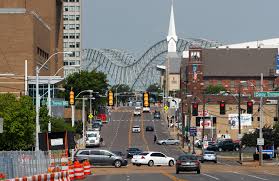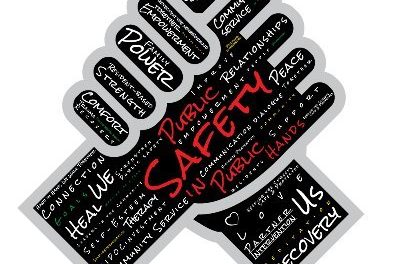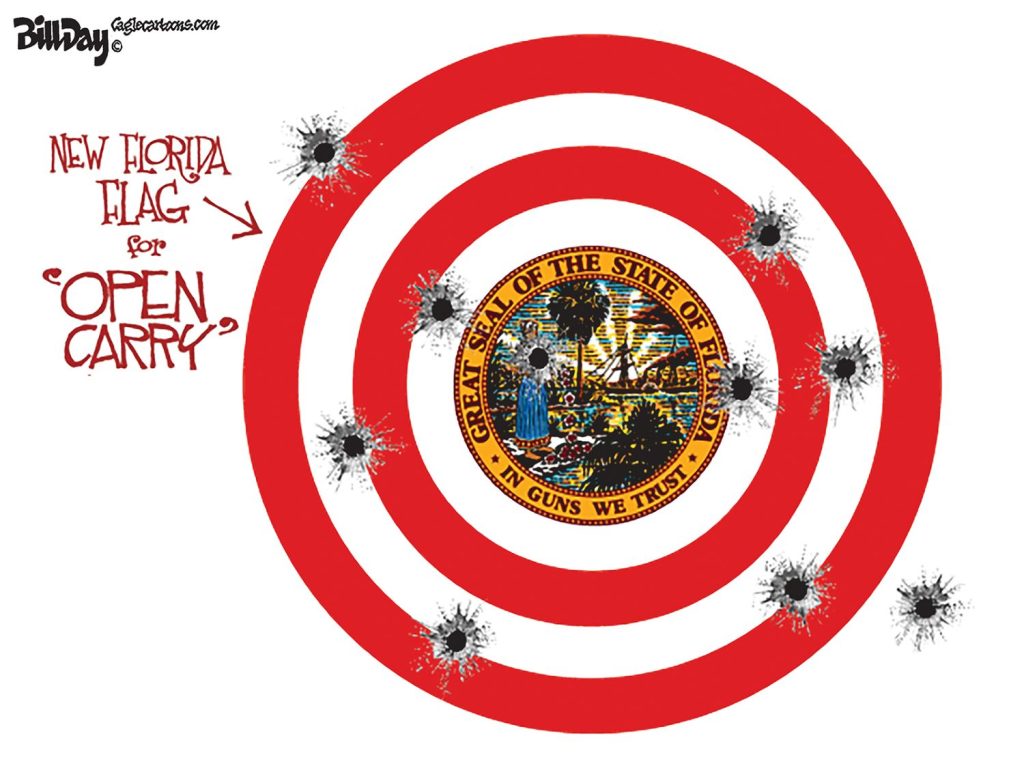By Chelsea Smith
The streets of Memphis hold endless stories. Some are easily walkable. Around Cooper-Young, for example, you’ll find easy access to music venues, restaurants, and boutiques, all within a few steps from each other.
Others may not be as desirable. Sidewalks disappear. Cars move fast in intersections. People avoid walking because of the perceived risks. Some are dangerous by design. That reflects engineering failures that put lives at risk.
So, who’s responsible for planning The Bluff City’s streets? What forces shape our city’s landscape? Who holds the power?
First, let’s talk about walkability in Memphis.
The numbers aren’t looking good. According to a recent study, Memphis has the highest pedestrian fatality rate in the United States. 293 pedestrian deaths were recorded in the city from 2019 to 2023. This was based on an evaluation of 50 major cities, which has an average of 15.6 for every 100,000 residents. And for Memphis? The fatality rate is 46.6 for every 100,000 people.
It’s also interesting to note that pedestrian injuries are more common among specific groups. Specifically, there’s a higher likelihood among people of color and those with lower incomes. The Memphis population is approximately 62.9% Black. The poverty rate is at about 22%. These numbers highlight the high risks among the residents.
The top problem with Memphis roads? Speeding! And that obviously puts pedestrians at risk. Wide roads with multiple lanes recorded the most accidents. They have minimal or nonexistent infrastructure that supports active transportation.
As such, there’s growing concern for infrastructure improvement that supports a walkable city. Whether you’re an injured individual heading to physical therapy Memphis, a kid going to school, or an elderly person about to do a quick grocery run, you’re probably looking for a safe and convenient road.
So, what are the authorities doing? And who is acting to promote more walkable and safer streets in Memphis?
Shaping walkability in Memphis is a collaborative effort among multiple agencies. The Metropolitan Planning Organization (MPO) charts the regional vision. It orchestrates transportation planning and funnels funding for relevant projects. Budget choices here enable or hinder walkability improvements.
Through the Transportation Improvement Program (TIP), the MPO programs federal funds to implement local safety projects. These include new sidewalks and traffic signal improvements. The programs rely on active public consultation. It guarantees every project is in line with what the people need to avoid wasting funds.
One of the most notable projects of the MPO is the improvement of Elvis Presley Boulevard in Whitehaven. Nearly three miles of the boulevard have been improved through a multi-phase project. Key works included the construction of continuous sidewalks and safer crosswalks. In September 2024, MPO secured full funding amounting to $8,980,000 for completion of the project.
The Public Works Division is another key player. It’s the city government’s third-largest division. The department is responsible for infrastructure operation and maintenance, including the city’s streets.
Another active agency is the Tennessee Department of Transportation. It manages major roadways in the city. In June 2025, it launched the widening of Summer Avenue, along with a complete streets overhaul. $69 million was invested by the agency for the rebuilding of a 1.8-mile section of Summer Avenue for multimodal upgrades. A new pedestrian infrastructure is set to be added, which is expected to improve walkability.
Through the years, the concerned agencies were active in implementing projects and policies that promote walkability. Among others, one of the most notable is Complete Streets. The main goal is to design streets that are safe and accessible for all users. It also recognizes the fact that the obesity rate in Memphis is one of the highest in the country. Thus, it’s paramount to promote healthy living and convenience. And that’s possible through rethinking street designs, so that they won’t cater only to automobiles.
In 2023, the city, through former Mayor Jim Strickland, worked with Memphis Light, Gas, and Water for a comprehensive street lighting upgrade. The first phase of the project involved almost $42 million in LED streetlights. They replaced high-pressure sodium lights that were first installed in the 1950s. The project received national accolades for promoting public safety, environmental sustainability, and energy efficiency.
The Safety Action Plan was also released to promote safer roadways for vehicles, bikes, and pedestrians. It was developed with public input to adhere to the Department of Transportation’s Safe Streets and Roads For All (SS4A). The project took into account equity considerations to ensure that it is inclusive and representative of the community’s needs.
Private entities and community organizations are also championing walkability and safety. In North Memphis, the Heights Line is a pedestrian-friendly linear park. A $4 million project was implemented through the Accelerate Memphis initiative. The community-led project included a well-connected trail network and an attractive pedestrian corridor.
Hospitals and universities also assume critical roles in shaping how Memphis moves. For instance, the Memphis Medical District Collaborative (MMDC) is a non-profit partnership between hospitals and colleges around Midtown and Downtown Memphis. It spearheaded the Public Space Proposal Fund in 2023. It facilitated sidewalk repairs, among other areas.
The MMDC also launched an interesting campaign in 2023 together with the Le Bonheur Children’s Hospital. They introduced Crosswalk Zebras. Volunteers donned zebra costumes to guide crossing pedestrians. The idea was to shine light on dangerous crossings and provide situational awareness.
In terms of private efforts, The Walk on Union is one of the most notable projects. Developers and partners initiated an ambitious $1 billion multiphase project that aims to make Memphis a more walkable city. Wide tree-lined sidewalks and a central pedestrian plaza are among the project’s highlights.
Orleans Station, meanwhile, is a 10-acre mixed-use project that aims to bring a walk-centric design to life. The street grid is planned to offer seamless connections to different places of interest, such as a university.
At the end of the day, walking is a personal responsibility as much as it is a public concern. Do your part. Be a responsible pedestrian. Be mindful of your surroundings to avoid untoward incidents. If you drive, be more careful, especially around busy intersections.
**
Chelsea Smith is a health content creator who covers a wide range of wellness topics, with a special focus on preventive care and healthy living. Through her work, she encourages readers to make informed choices and prioritize regular checkups with healthcare professionals.







My guess is that this article starts off right, then loses its way. Cooper Young is walkable — and people walk it — not only on the sidewalks but on the streets themselves. Walkability is probably a neighborhood thing in a city that is designed only for car transportation. Cooper reduced its size to two lanes to help induce some traffic calming. There are clearly marked crossing points. The neighborhood has speed bumps on most street and the neighborhood association has promoted sidewalk improvements. Plus, Cooper Young has businesses to walk to, selling all sorts of stuff needed on a day-to-day basis. Since the City/county does not have (and will not have) a public transportation system in the foreseeable future, we are a car-oriented city, so walkability should focus on neighborhoods where residents can do things without their cars now and again.
I was fine until the author mentioned The Walk development. Why mention it ?
Is this an AI generated article? I’m skeptical of the entire thing since it mentions “The Walk on Union”, a canceled project. But an AI wouldn’t know that. Also, no blame is put on the organizations and departments responsible for our overbuilt wide streets. Only praise for the positives which are great but minimal when you look at all our infrastructure. This really has me scratching my head.